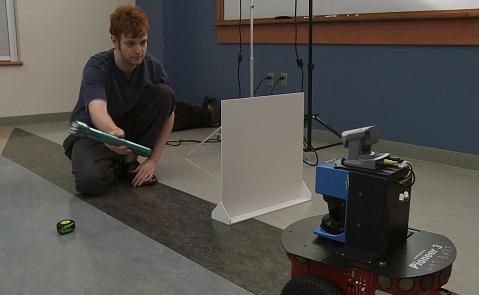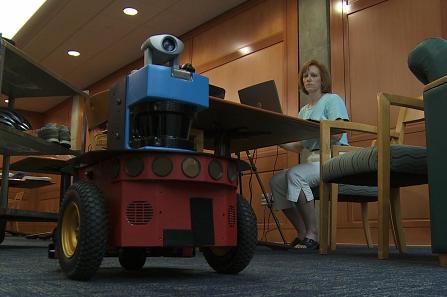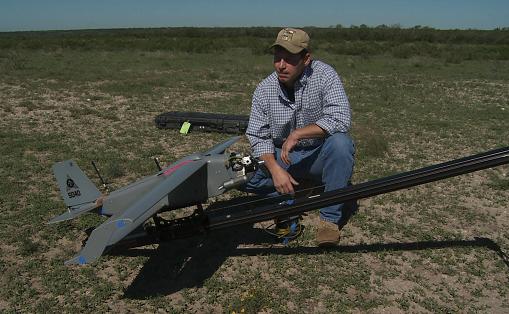Human Computer Interactions
When people interact with intelligent agents such as computers and robots, they must rely on knowledge ranging from understandings of specific functions to more general intuitions about the fundamental constraints inherent to machine thinking.
In previous research, we have developed measures of the degree of intentionality (e.g. human-like thought) attributed to different agents, and have shown that these attributions not only can effective predict the quality of human-machine interactions, but that they can change with experience in predictable ways
One of our experiments to test and challenge perceptions of intentionality in different agents is with unmanned aerial vehicles (UAVs). These UAVs are capable of a variety of tasks in emergency settings, including surveying an area, looking for victims, and detecting explosives.



Connect with Vanderbilt
©2024 Vanderbilt University ·
Site Development: University Web Communications